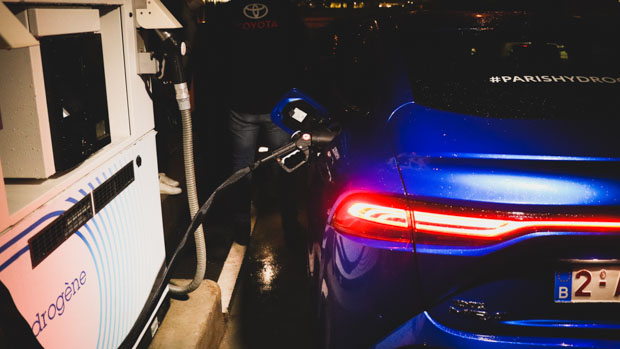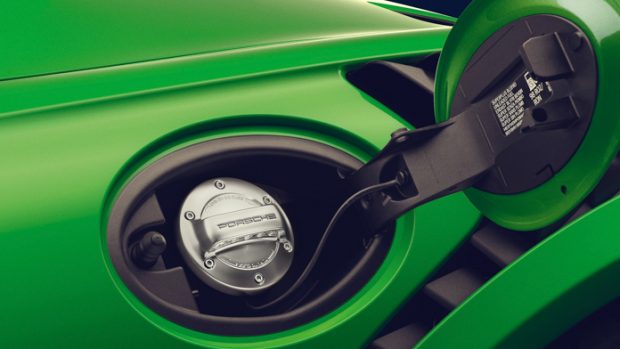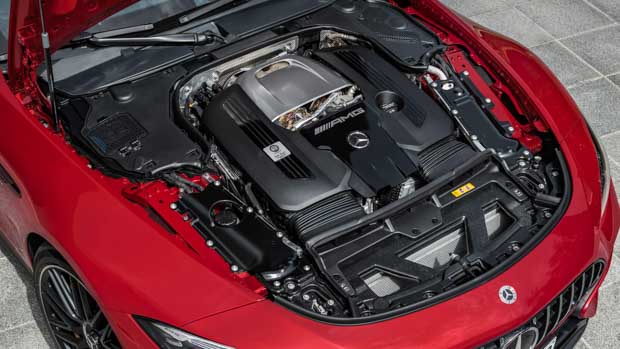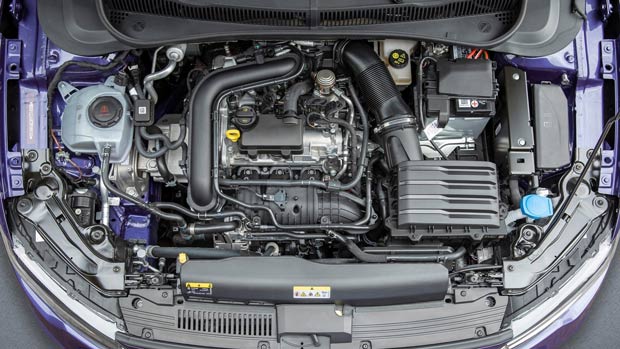-
Car Reviews
- All reviews
- Midsize SUVs
- Small cars
- Utes
- Small SUVs
- Large SUVs
- Large cars
- Sports SUVs
- Sports cars
- Vans
Latest reviews
- Car News
-
Car Comparisons
Latest comparisons
- Chasing Deals
Thanks to a cut in the fuel excise, petrol is now much cheaper than before, but how long will this windfall last?
You may have noticed that Australian petrol prices have begun to drop and that is thanks to a few key reasons – including the federal government’s choice to halve fuel excise temporarily.
At its peak in mid-March, petrol around Australia had reached the highest peak since the 2014 conflicts in the Middle East. That equated to 91-octane peaking at over 200 cents per litre. For those vehicles that require premium octane petrol, prices rose as high as 244.9 cents per litre for 98 octane in the inner suburbs of Sydney.
To help soften the blow to motorists across the country, the Australian Government decided to halve the fuel excise – a tax payable on every litre of petrol – to make the necessary liquid cheaper to buy.
Before the cut, the fuel excise made up 44.2 cents of every litre dispensed at the bowser. It has now been dropped to 22.1 cents per litre which has resulted in an immediate lowering of overall cost for motorists.
This halving of the fuel excise is only temporary, though, with the tax scheduled to double back to its regular level in six months time.
The New South Wales government offers a free app called Fuel Check to aid motorists in finding the cheapest petrol in their area.
As of 21 April 2022, the average price of E10 petrol was 165.7 cents with the seven day forecast being an average of 165.3 cents. 98 octane, on the other hand, is currently priced on average at 191.3 cents.
How does this compare with the last few months of fuel forecasts?
E10 fuel dropped from a peak of 203.5 cents on the 25 March to 176 cents by the April 5 thanks to the excise cut by the federal government.
98 dropped from 226 cents per litre to 202.1 cents per litre in the same period, signalling the 22.1 cent cut from the excise.
Having E10 fuel drop back below two dollars a litre is a big deal and has obviously made accessing fuel a lot easier for those struggling financially.
In a recent Chasing Cars article, it was reported that by lowering the fuel excise, there would be subsequent issues surrounding the cut.
As a recap, the fuel excise is a tax which is then spent on a variety of projects including the up-keep of public roads and infrastructure.
By halving this fuel excise, the government has put unnecessary pressure on the road network and keeping it safe for motorists. Filling potholes, upgrading intersections and important transport alternatives will have its funding halved and therefore less work will be done to resolve these road issues.
The other issue is that if the conflict overseas continues to play havoc with oil prices, the fuel excise might not be enough to cover the difference and motorists could be once again facing heavy prices at the bowser in the near future.
Along with rising fuel costs, motorists are also facing extensive delays for brand new cars and an inflated second-hand car market.
According to the ABC, the average price of used cars has gone up 50 percent since the beginning of the pandemic.
That is largely due to the fact that the new car market has slowed (due to chip and other supply shortages), forcing buyers to look at the second-hand market to get a car as quickly as possible.
Chasing Cars has reported that several manufacturers are facing severe delays with their new cars. Some customers have been forced to wait more than 12 months for their new car to arrive on Australian shores.
Latest news
About Chasing cars
Chasing Cars reviews are 100% independent.
Because we are powered by Budget Direct Insurance, we don’t receive advertising or sales revenue from car manufacturers.
We’re truly independent – giving you Australia’s best car reviews.




